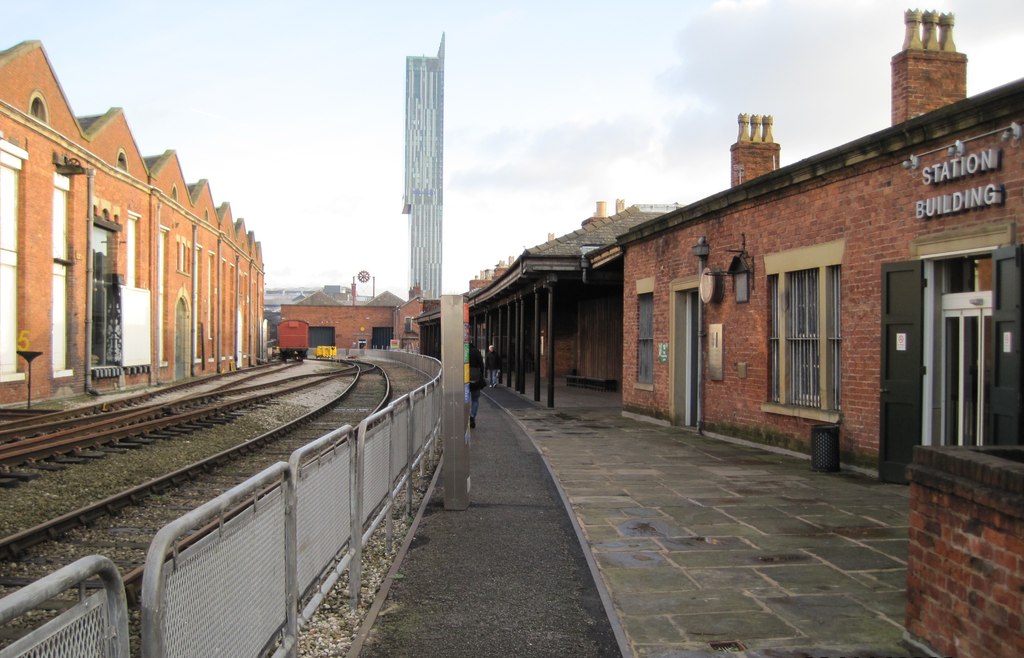Liverpool Road is a former railway station on the Liverpool and Manchester Railway in Manchester, England that opened on 15 September 1830. The station was the Manchester terminus of the world’s first inter-city passenger railway in which all services were hauled by timetabled steam locomotives. It is the world’s oldest surviving terminal railway station.
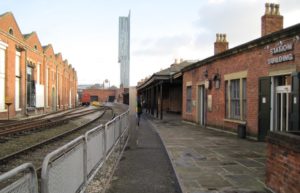
The railway only carried first and second-class passengers, and each class had its own booking hall and waiting room. As the station was some distance from the center of Manchester, most passengers purchased a handwritten ticket from an agent at an inn or hotel. Several routes of horse omnibuses then conveyed them to the station. A clerk in the booking hall exchanged the ticket for a counterfoil, similar to a modern airline boarding pass, and made up a waybill from the ticket information for the train guard. The train guard thus had a passenger list indicating the class of travel and destination, the only check against fraud.
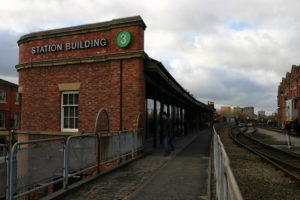
The station closed to passenger services on 4 May 1844 when the line was extended to join the Manchester and Leeds Railway at Hunt’s Bank. Liverpool Road was superseded by Manchester Victoria station for passenger services. Like its counterpart at Liverpool Crown Street, the station was converted to a goods yard.
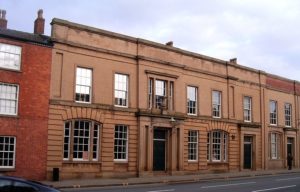
When the station and warehouses were abandoned in 1975 by British Rail, the Grape Street Warehouse and surrounding buildings were purchased by Granada Television. Part of it was used for the Granada Studios Tour theme attraction, and other parts were used for the set of the long-running British TV soap Coronation Street.
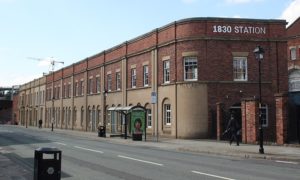
The station building and adjacent historic railway warehouses, Grade I listed buildings, are part of the Museum of Science and Industry in Manchester.
According to wikipedia





